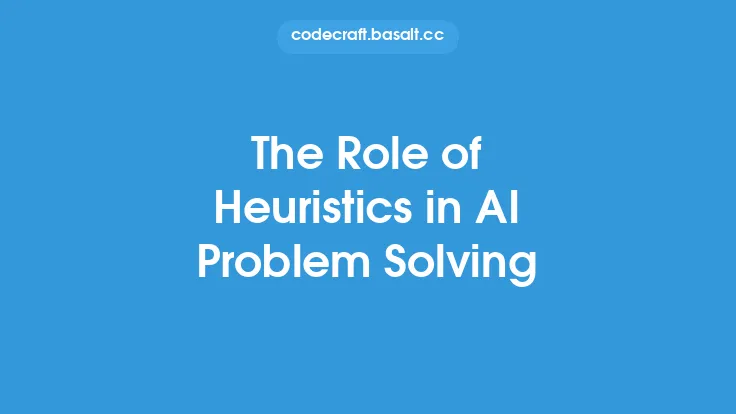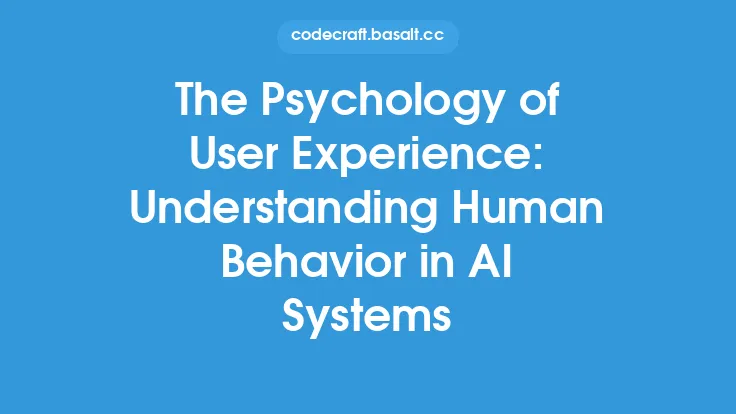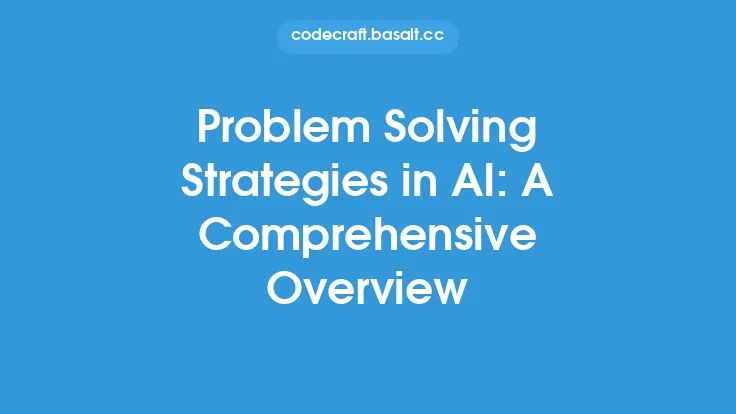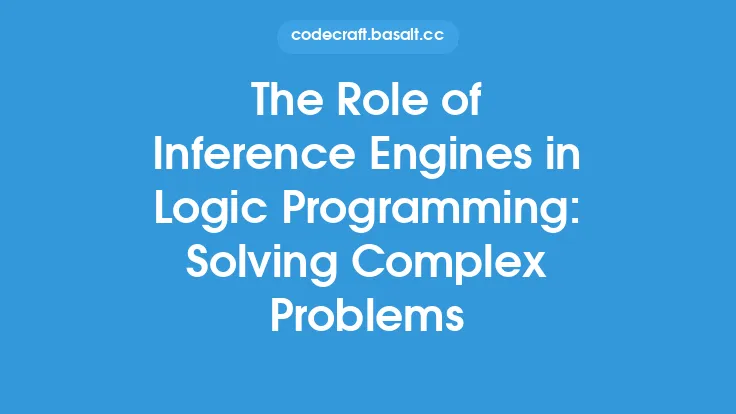Abstraction is a fundamental concept in artificial intelligence (AI) problem solving, enabling machines to simplify complex problems, focus on essential features, and reason about abstract concepts. It involves defining a simplified representation of a system, highlighting its key characteristics while omitting irrelevant details. This process allows AI systems to tackle intricate problems by breaking them down into manageable components, making it easier to develop solutions.
What is Abstraction in AI?
Abstraction in AI refers to the practice of representing complex systems, objects, or concepts in a simplified manner, emphasizing their critical attributes and behaviors. By abstracting away from non-essential details, AI systems can concentrate on the fundamental aspects of a problem, leading to more efficient and effective problem-solving. Abstraction is a crucial technique in AI, as it enables machines to handle complex, real-world problems that would be intractable if tackled in their entirety.
Types of Abstraction in AI
There are several types of abstraction used in AI, each serving a distinct purpose:
- Data Abstraction: This involves representing complex data structures in a simplified form, focusing on the essential features and hiding the implementation details. Data abstraction is commonly used in machine learning, where complex datasets are abstracted into simpler representations to facilitate learning and generalization.
- Control Abstraction: This type of abstraction deals with simplifying the control flow of a system, hiding the low-level details of control structures and focusing on the high-level logic. Control abstraction is essential in AI planning and decision-making, where complex control flows need to be abstracted to enable efficient planning and execution.
- Problem Abstraction: This involves abstracting the problem itself, identifying the key features and constraints that define the problem, and ignoring irrelevant details. Problem abstraction is critical in AI problem-solving, as it enables machines to focus on the essential aspects of a problem and develop effective solutions.
Benefits of Abstraction in AI
Abstraction offers several benefits in AI problem-solving, including:
- Improved Efficiency: By simplifying complex problems, abstraction enables AI systems to solve them more efficiently, reducing the computational resources required.
- Enhanced Scalability: Abstraction allows AI systems to tackle larger, more complex problems, making them more scalable and applicable to real-world scenarios.
- Increased Flexibility: Abstraction provides AI systems with the flexibility to adapt to changing problem requirements, enabling them to handle a wide range of problems and scenarios.
- Better Generalization: Abstraction helps AI systems to generalize better, as they can focus on the essential features of a problem and ignore irrelevant details.
Techniques for Achieving Abstraction in AI
Several techniques can be employed to achieve abstraction in AI, including:
- Feature Extraction: This involves identifying the most relevant features of a problem or dataset and abstracting away from the less important ones.
- Dimensionality Reduction: This technique reduces the number of features or dimensions in a dataset, simplifying the problem and enabling more efficient processing.
- Model Abstraction: This involves abstracting complex models or systems into simpler representations, focusing on the key characteristics and behaviors.
- Hierarchical Abstraction: This technique involves representing complex systems or problems in a hierarchical manner, with higher levels of abstraction providing a more general view and lower levels providing more detailed information.
Applications of Abstraction in AI
Abstraction has numerous applications in AI, including:
- Machine Learning: Abstraction is essential in machine learning, where complex datasets need to be simplified to facilitate learning and generalization.
- Planning and Decision-Making: Abstraction is critical in AI planning and decision-making, where complex control flows need to be abstracted to enable efficient planning and execution.
- Natural Language Processing: Abstraction is used in natural language processing to simplify complex linguistic structures and focus on the essential features of language.
- Computer Vision: Abstraction is employed in computer vision to simplify complex visual data, enabling machines to recognize and understand visual patterns and objects.
Challenges and Limitations of Abstraction in AI
While abstraction is a powerful technique in AI, it also presents several challenges and limitations, including:
- Loss of Information: Abstraction can result in the loss of important information, which can negatively impact the performance of AI systems.
- Over-Abstraction: Over-abstraction can lead to oversimplification, resulting in AI systems that are unable to capture the essential features of a problem.
- Under-Abstraction: Under-abstraction can result in AI systems that are too complex, making them difficult to understand and maintain.
- Abstraction Bias: Abstraction can introduce bias into AI systems, as the abstraction process can be influenced by the biases and assumptions of the developers.
Future Directions for Abstraction in AI
As AI continues to evolve, abstraction will play an increasingly important role in enabling machines to tackle complex, real-world problems. Future research directions for abstraction in AI include:
- Developing More Sophisticated Abstraction Techniques: Researchers will focus on developing more advanced abstraction techniques, such as hierarchical abstraction and multi-level abstraction.
- Improving Abstraction in Deep Learning: Abstraction will be critical in deep learning, where complex neural networks need to be simplified to facilitate understanding and interpretation.
- Integrating Abstraction with Other AI Techniques: Researchers will explore the integration of abstraction with other AI techniques, such as transfer learning and meta-learning, to enable more efficient and effective problem-solving.
- Addressing the Challenges and Limitations of Abstraction: Researchers will work to address the challenges and limitations of abstraction, developing techniques to mitigate the loss of information, over-abstraction, under-abstraction, and abstraction bias.





